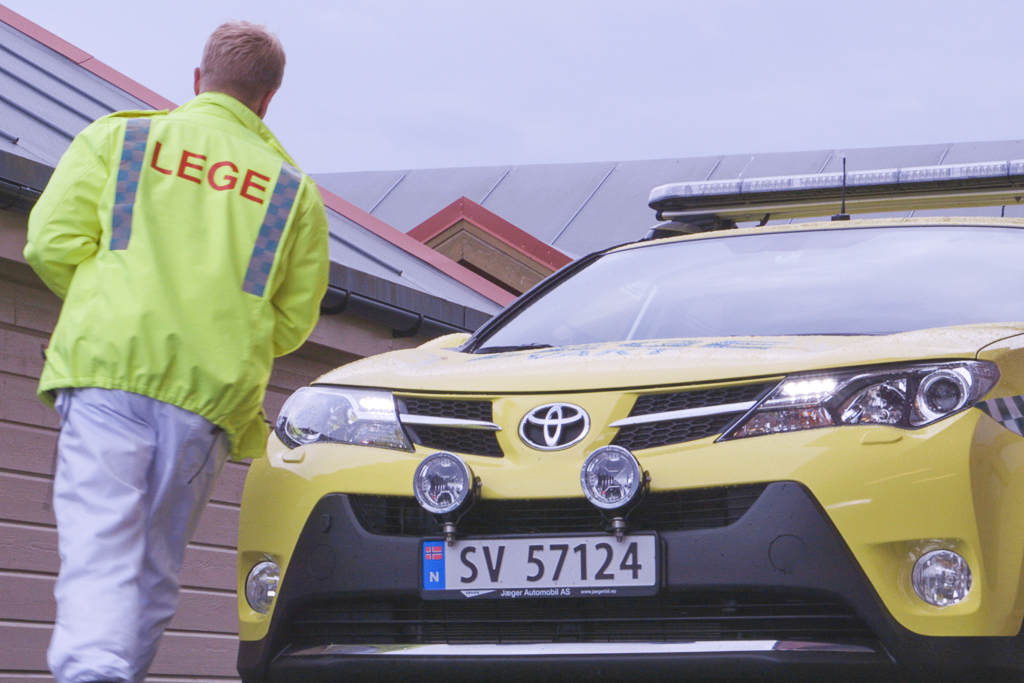Legevaktlegers respons på rød respons alarmer

Foto: Arngeir Berge/NKLM
Injuries and accidents are major public health challenges in Norway and other countries. In Norway, 2500 people die each year from injuries, and more than 12 per cent of the Norwegian population is treated by a doctor due to injuries.
A severely injured patient needs fast triage, necessary treatment at the site of accident, and transport to hospital for definitive care. All emergency health care personnel need to know the “Trauma chain of survival” for best treatment of injured patients. In Norway, both general practitioners (GPs) from the primary health care system, ambulance personnel and helicopter emergency medical system (HEMS) crew from the hospital/secondary health care system take part in acute prehospital responses due to injuries and accidents. Other countries organize the emergency health care system differently, many without the involvement of GPs or the primary health care services.
It might be discussed whether the GP should take part in the emergency health care system, and in acute prehospital response due to injuries and accidents. The effect of having a GP on-call at the accident site is still uncertain. Further studies are.
The GP on-call needs adequate information in the primary message from the emergency medical communication centre (EMCC) to be able to make the right decision regarding whether to call out to an accident. It has not earlier been studied to which degree the primary message may be useful for the GP on-call.
The distance and the direction between the patient, the emergency health resources and the hospital will affect the acute response. It is important to investigate how factors related to the patient, time of incident, distance and geography is associated with the GPs decision regarding call-out.
Knowledge about these issues will be useful for making adequate routines regarding the content of the initial primary message from the EMCCs and the further communication on the radio network. It may also help casualty clinics and EMCCs to make appropriate guidelines for when GPs on call should leave a busy clinic and attend an accident on site. Further, the results may give useful information regarding the specific challenges in rural districts with limited resources and longer distances. This includes political decisions regarding geographic placement of casualty clinics and ambulance stations.